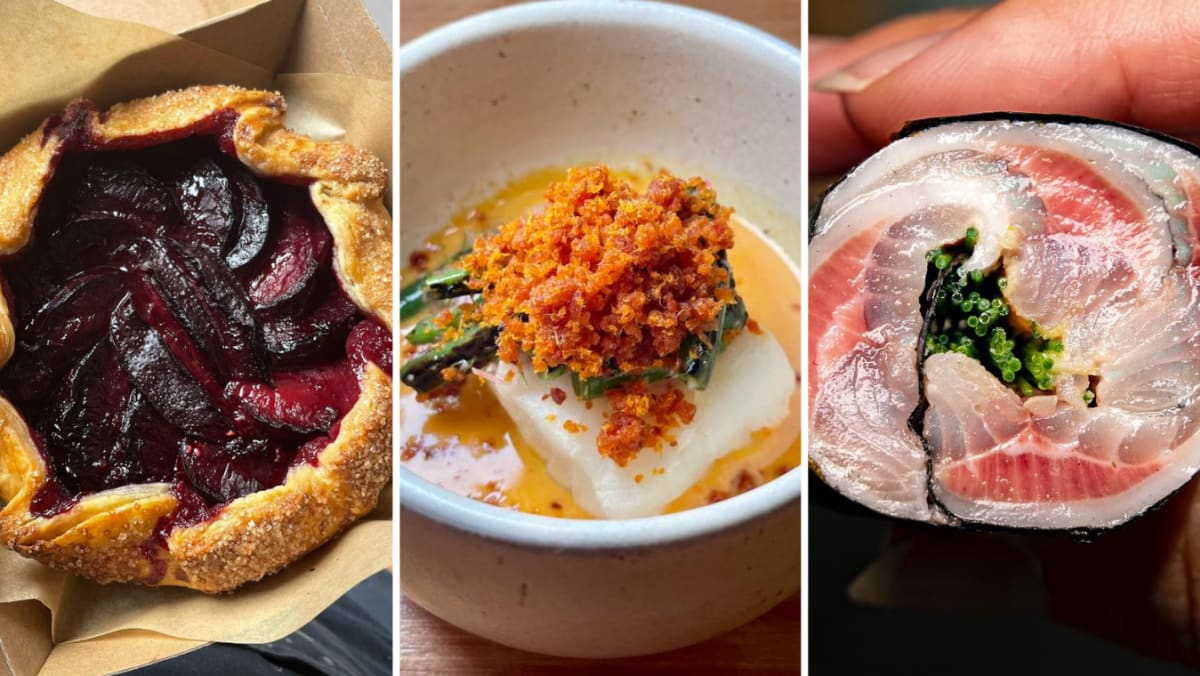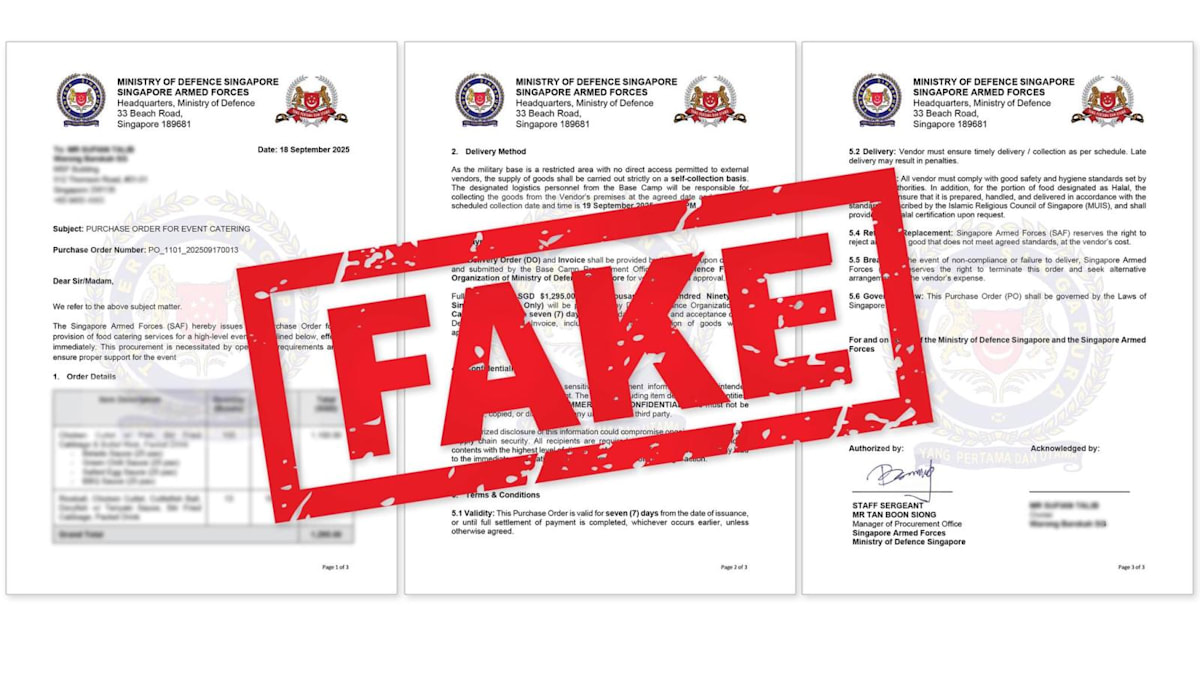WHAT CHANGED AFTER
When Mustard Seed operated out of his parents’ home, Mr Gan served three to four dinners a week, charging S$88 (US$69) for each of the eight diners each time.
Eight years on, his commercial version serves both lunch and dinner and charges S$238 per meal.
Mr Gan declined to go into the specifics of his current business model, but said the costs and pressures of running a shop were “significantly higher”.
NYP’s Mr Karthik pointed to restaurants having to pay commercial rent, hire full-time staff, go through safety audits and contribute goods and services tax, among others.
Rents are a longstanding pain point for businesses, recently prompting discussions about the need for retail lease reforms and perceived competition from Chinese brands.
There are also expenses associated with obtaining and maintaining food licences, which home-based businesses do not incur.
The criteria for a licence – which costs S$195 a year – include a pest control contract, design specifications, cleaning schedules, up-to-date food safety certificates and more.
Ms Lee pointed out that the design requirements – like a minimum kitchen area and specifics for exhaust system – can be expensive.
Ensuring tax compliance also brings significantly higher costs.
When Wheathead was home-based, expenses ran up to about 60 to 70 per cent of revenue. After moving to a shop, revenue grew by four to five times, but overheads and expenses also increased by the same amount, she said.
Aside from rent, she pointed to difficulties finding manpower. Only migrant workers are willing to work in F&B given the long hours, low pay and customer-facing nature of the job; but businesses must first hire locals to achieve a mandated quota, she said.
Ingredient costs have also risen “non-stop” due to global conflicts disrupting shipping routes, climate change affecting agricultural production, and higher prices of raw materials.
“Every month that I can pay my staff and suppliers and keep the lights on, I’m happy,” said Ms Lee.













